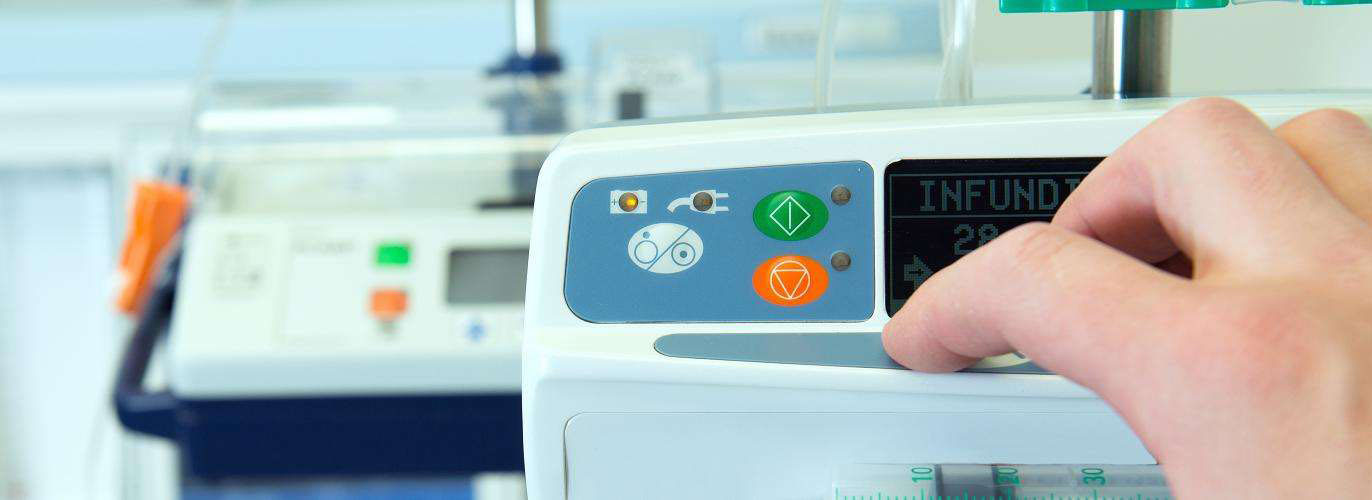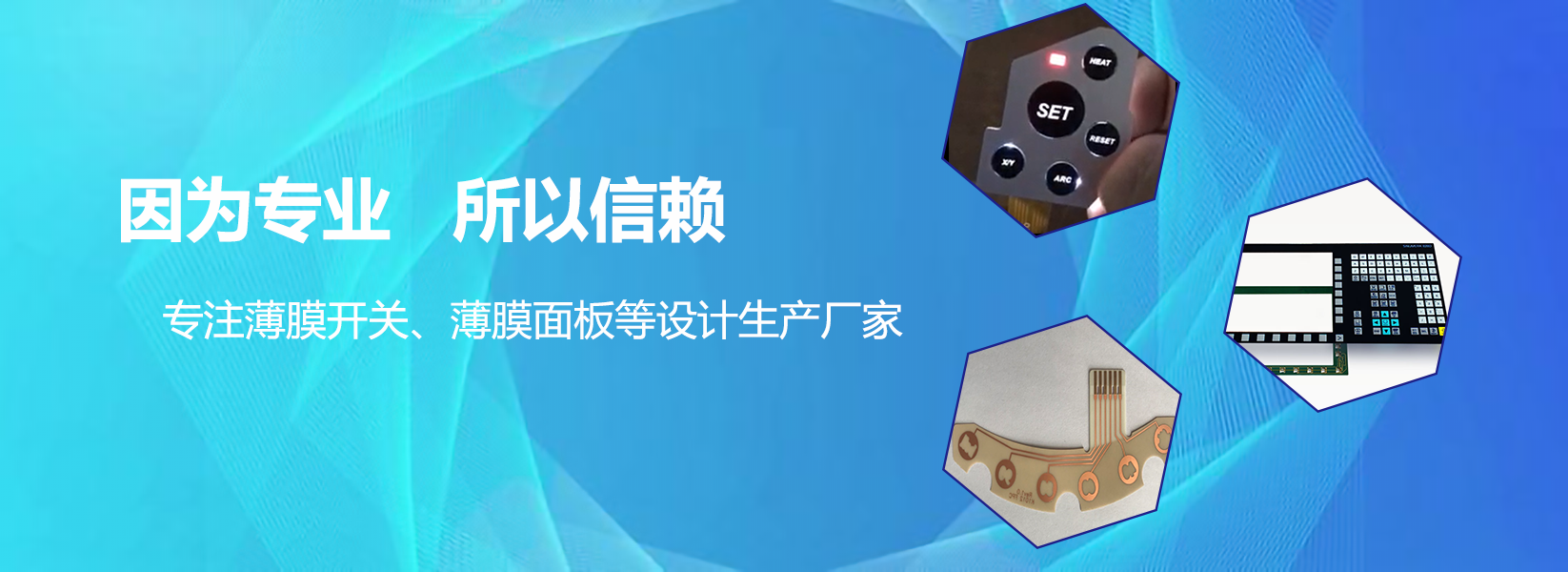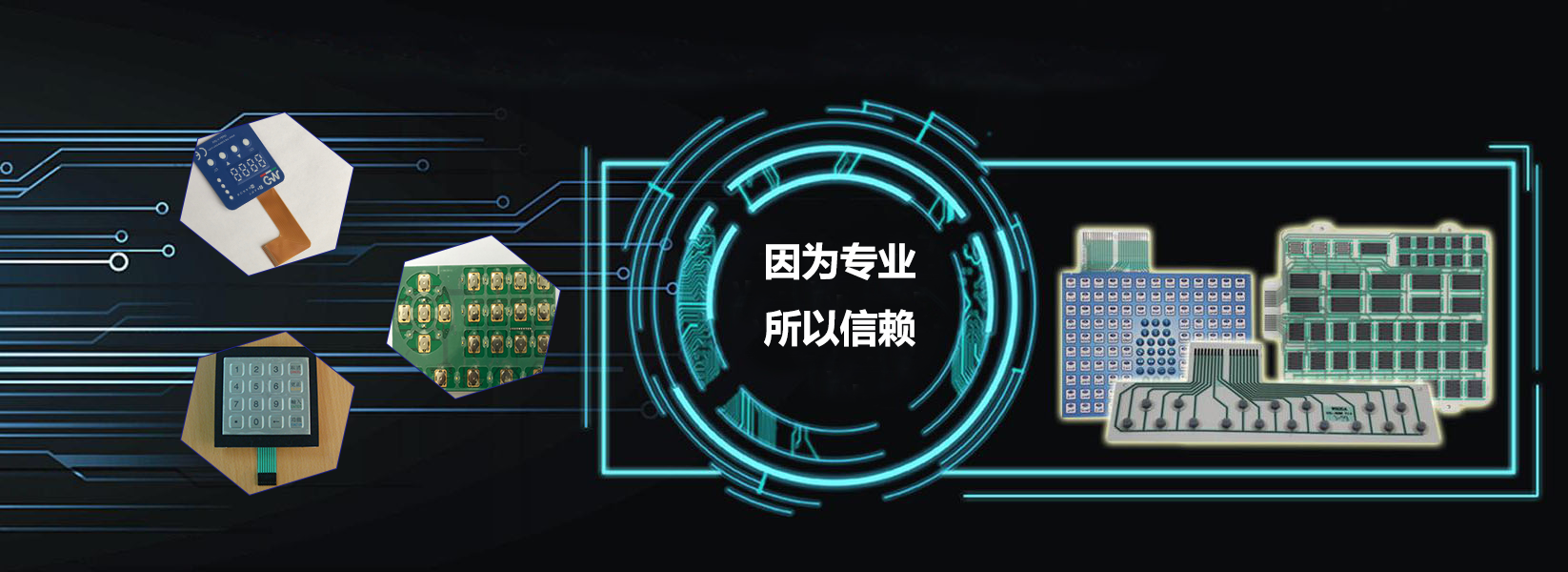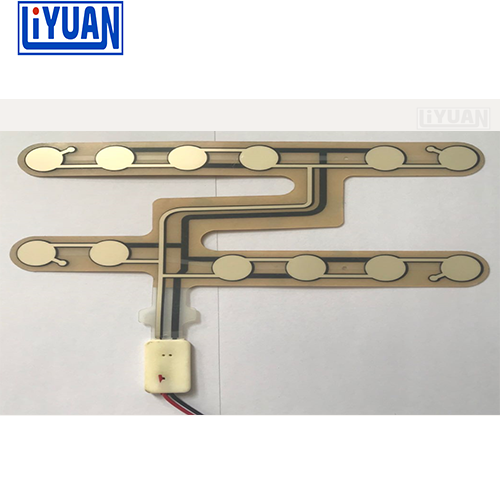Focus on the design and manufacture
of membrane switch and membrane panelProfessional development and design, trustworthy
Membrane switch is a kind of multi-layer structure (plane) type (non-lock) key switch, which is composed of insulating material layer with certain elasticity. It integrates key, indicating element, instrument panel and other functions. Membrane switch action only by elastic thin film in the vertical direction to bounce, elastic film, though after one million times of peristalsis, and peristalsis amplitude is small, only 0.1 0.3 MM, and the rationality of the selection of materials, so the film material to withstand more than one million times of the major life without deformation, these are all determines the durability of the membrane switch.
Thin film switch has the characteristics of beautiful appearance, long service life, simple structure, convenient installation, good use feel, small occupation area and so on, and is widely used in all walks of life, small to household appliances to high-tech products, slowly replaced part of the light touch switch market, occupy a great share in the market.
Generally speaking, the common thin film switch is mainly composed of 6 layers of materials, in accordance with the order from the table to the panel, surface glue, the upper circuit, the isolation layer, the lower circuit, the bottom glue. The structure of each layer is described below:
1) Panel: panel is the "coat" of the whole membrane switch. On the basis of properly arranging the keys, different colors, patterns and key shapes can play a necessary decorative role on the whole membrane switch. The main role of the panel layer is to play the role of identification and buttons, so the selection of materials must have high transparency, high ink adhesion, high flexibility, folding and other characteristics.
2) the upper circuit, the lower circuit: the upper and lower circuit is the electrical component of the thin film switch, but also the "off "" key" of the switch, its performance directly affects the performance of the switch, mainly by printing a layer of conductive material on the film. The upper and lower circuits act as the two necessary electric shock roles for switch closure. Their thickness is generally within 0.05-0.175mm, and 0.125mm PET is the most common.
3) surface glue, isolation layer, bottom glue: the materials of the three layers of structure are double-sided glue, which have different names because of their different positions in the switch structure. Three layers of double-sided glue by their different levels and have different thickness, this is mainly based on the thickness of the switch, the operation force of the key to decide.
The basic working principle of the membrane switch is as follows: when the panel is not pressed, the membrane switch is in the normal state, its upper and lower contacts are disconnected, and the isolation layer plays an isolation role on the upper and lower lines; When the panel is pressed down, the contact of the upper circuit is deformed downward, and the lower circuit is recombined to make the circuit conduction, conduction after the circuit to the external connection instrument (substrate) to signal, so as to achieve its corresponding function; When the finger is released, the upper circuit contact bounces back, the circuit breaks, and the loop triggers a signal.






 service
service